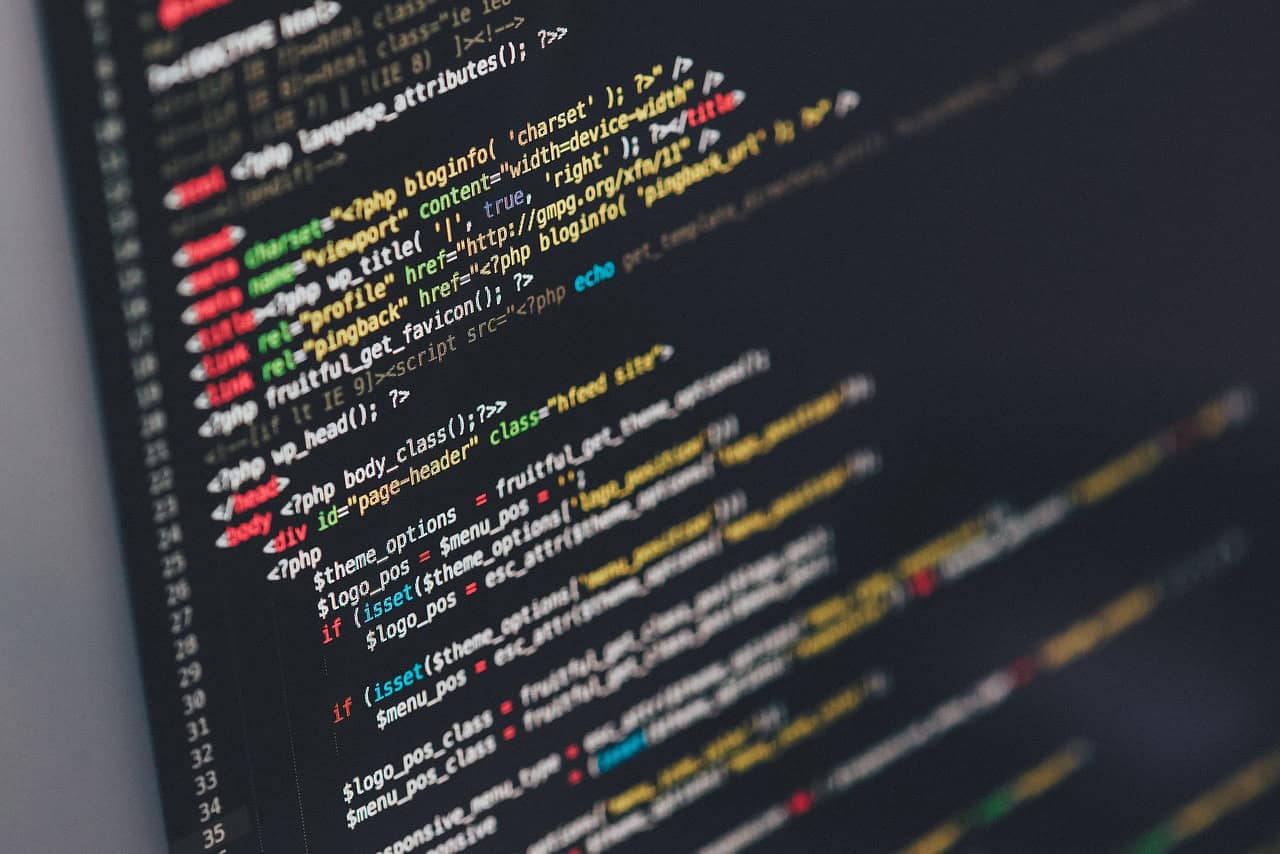Comprehensive Guide to Python Web Development
Python web development is rapidly gaining popularity due to its simplicity and powerful capabilities in building dynamic websites and applications. In this guide, we will delve into the core aspects of Python web development, exploring frameworks, essential practices, and a roadmap to help you embark on your programming journey.
What is Python Web Development?
Python web development involves creating server-side logic, handling HTTP requests, managing databases, and rendering dynamic content in web applications using the Python programming language.
Why Use Python for Web Development?
- Versatility: Python is not only for web development; it’s also widely used for data analysis, machine learning, and more.
- Ecosystem: A robust ecosystem of libraries and frameworks simplifies and speeds up the development process.
- Scalability: Python applications can be easily scaled to accommodate increasing users.
- Community: A large and supportive community offers plenty of resources for troubleshooting and learning.
How to Use Python for Web Development
Step 1: Install Python
Start by installing Python on your machine. Visit the official Python website to download the latest version compatible with your system.
Step 2: Choose a Web Framework
Python offers a variety of frameworks for web development. Some of the most popular include:
- Django: Ideal for rapid development of complex applications. Learn more in our Django guide.
- Flask: A lightweight and flexible framework perfect for small to medium-sized applications.
- Pyramid: A versatile framework capable of handling projects of different scales.
- Bottle: A simple microframework to easily get your web application up and running.
Step 3: Set Up a Development Environment
Create a dedicated directory for your project and set up a virtual environment using venv or virtualenv. This helps manage project-specific dependencies without conflicts.
Best Practices for Python Web Development
- Use Virtual Environments: Keep dependencies organized and separate from other projects.
- Follow PEP 8: Adhere to Python’s style guide for readable and maintainable code.
- Implement Version Control: Use Git or another version control system to track changes and collaborate.
- Test Your Code: Employ testing frameworks like
unittestto validate your code functionalities. - Deploy Your Application: Use services like Heroku or AWS for hosting your web applications.
Roadmap for Web Development with Python
- Learn Python fundamentals: Get comfortable with syntax, data types, functions, and object-oriented programming.
- Select a framework that fits your project needs.
- Build a simple application to apply your knowledge.
- Explore advanced concepts such as database integration and user authentication.
- Deploy and maintain your application, keeping it updated and well-functioning.
Conclusion
Python web development empowers developers to create dynamic applications efficiently. With its diverse frameworks and best practices, it provides a solid foundation for both beginners and experienced developers alike. Armed with this guide, you are now equipped to start or enhance your journey into the world of Python web development.
For further insights, check out our related guides on Python Web Development Basics and Frameworks and Best Practices.
Projects and Applications in Python Web Development
Key Projects
- Personal Blog Website: Create a personal blog using Django to manage posts and comments. You can implement features like user authentication, category management, and an admin dashboard.
- Task Management App: Build a task management application using Flask that allows users to create, update, and delete tasks. Implement functionalities like user login and task categorization.
- E-commerce Platform: Develop a small e-commerce platform using Django. Create features for product listings, user registration, cart management, and order processing.
- REST API Service: Create a Flask-based RESTful API service to manage user data for a mobile application. Implement user authentication and CRUD operations for user-related data.
Python Code Examples
Example of a Simple Flask Application
from flask import Flask, render_template
app = Flask(__name__)
@app.route('/')
def home():
return render_template('index.html')
if __name__ == '__main__':
app.run(debug=True)
Example of a Basic Django Model
from django.db import models
class BlogPost(models.Model):
title = models.CharField(max_length=200)
content = models.TextField()
created_at = models.DateTimeField(auto_now_add=True)
def __str__(self):
return self.title
Real-World Applications
Python web development is not just a theoretical subject; it has numerous real-world applications that are making a significant impact across various industries:
- Online Education Platforms: Many online education platforms are built using Python web frameworks to offer courses, manage users, and track progress.
- Data Visualization Tools: Applications that require data representation online benefit from Python’s extensive libraries for data manipulation and visualization, such as Flask or Django with libraries like Matplotlib.
- Social Networking Sites: Websites that connect users can leverage Python for server-side logic and database management, offering seamless user experiences.
- APIs for Mobile Applications: Back-end services that support mobile applications often utilize Python to serve data dynamically and handle requests effectively.
Next Steps
Now that you have a solid understanding of Python web development, it’s time to put your knowledge into action! Begin by selecting a small project to work on, leveraging the frameworks discussed, such as Django or Flask. You can find useful project ideas in various online resources.
Additionally, consider deepening your knowledge by exploring related topics. For example, check out our detailed guide on web development in Python for more insights and practical tips.
To stay updated, join Python web development communities and forums where you can ask questions, share your projects, and expand your network. Don’t forget to implement the best practices you’ve learned as you develop your applications.
Finally, if you’re looking for further reading, be sure to check our guides on Python Web Development Basics and Frameworks and Best Practices for additional strategies and insights.

1 thought on “Unlock Your Potential: A Comprehensive Guide to Python Web Development”
Comments are closed.